Mallathahalli Lake has been in the news the past week, but for all the wrong reasons. There are plans set in motion to “develop” the lake, converting it into nothing short of an amusement park, with the main waterbody forming a sorry backdrop. Despite clear guidelines from the courts and the NGT on how to work around lakes, there are plans to build structures inside the lake.
I live close to this lake and regularly go for walks by the lake. Life in and around the lake has always been in profusion, slowing me down on these walks. So it came as a shock when one day in July I saw that the bamboo groves around the lake were being cleared using JCBs. Sadly, that was only the start. Over the next few weeks I saw any and all vegetation around the lake disappear as JCBs ripped them up. For most residents of the neighbourhood used to walking by the lake, this was nothing short of violence.
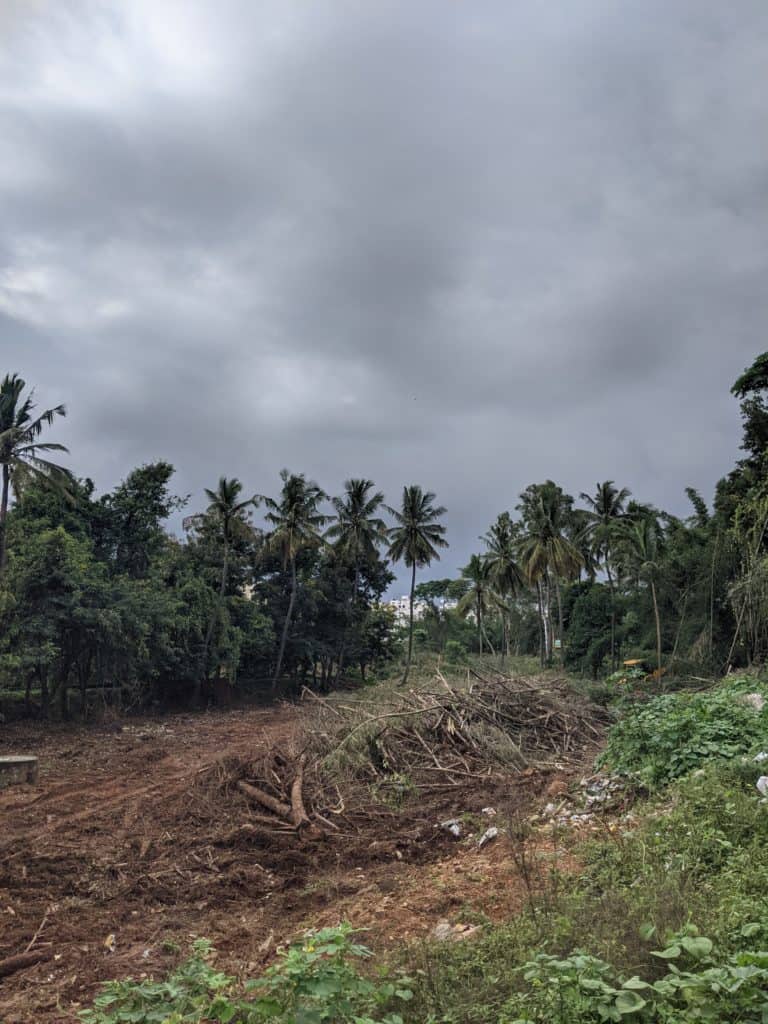
Read more: Bengaluru’s “other” water bodies shelter rich biodiversity, but are fast vanishing
A brief history of Mallathahalli lake
Mallathahalli lake was a large and “undeveloped” lake and had no paths or fencing around it until the late 2000s. Soon a fence came up around the lake, and a path followed; the southern parts of the lake were carved out and became part of Sir MV Layout. Thanks to this, today you can experience the uniquely Bengalurean incongruity of walking by a waterbody and seeing water on one side, and a residential area with houses at a much lower depth on the other. There is an STP (Sewage Treatment Plant) on the northern side which used to bring in a steady flow of treated water into the lake.
The newly laid path was regularly getting overgrown and only sporadically cleared. Walkers were few, guards needed to be posted to prevent miscreants from taking advantage of lonelier corners of the lake. A boom in construction around the lake soon meant a steady stream of visitors, and also a steady flow of sewage, which more often than not wasn’t going into the STP for reasons unclear to the ordinary passer-by or citizen. At some point, the STP too got overwhelmed and the inflow into the lake since then has been mostly sewage. When it rains, and on hot summer days, one can smell it from more than a kilometre away.
Read more: Who should govern Bengaluru’s lakes?
A few years back, an ambitious plan to divert sewage from the lake was made, as a fallout of which a huge concrete canal is being built on the western side of the lake. Again, it was the waterbody that had to give up space for this, as innumerous “clubs” have sprouted close by hugging the lake boundary, making it possible to build canals only in the lake.
The construction of this canal has frequently stalled due to lack of funds and has not been completed till date. As anyone who lives in Rajarajeshwari Nagar constituency would attest to, this has been typical of the regime under the current elected representatives: Start a costly project, drag it along for years without completing it, eventually abandon it, and move on to something even more grandiose at the same place.
What we lose
As much as we would like to believe otherwise, public spaces and waterbodies/wetlands don’t belong to just humans. They are part of the local ecosystem, and in some cases, part of a global ecosystem. Mallathahalli lake, like many other wetlands in Bengaluru, was blessed to be part of the latter.
Large flocks of peafowl are very common here. So are waterbirds like the near-threatened Black-headed ibis (Threskiornis melanocephalus).
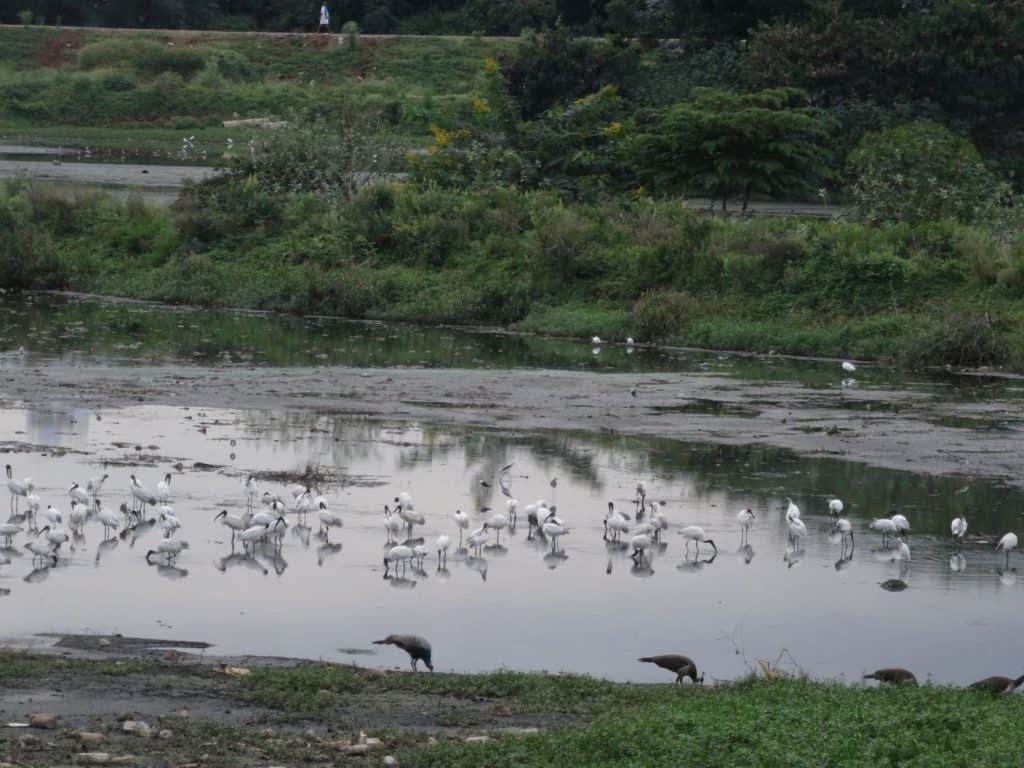
It is one of the few places in Bengaluru where you can see large flocks of Black-winged stilts (Himantopus Himantopus).
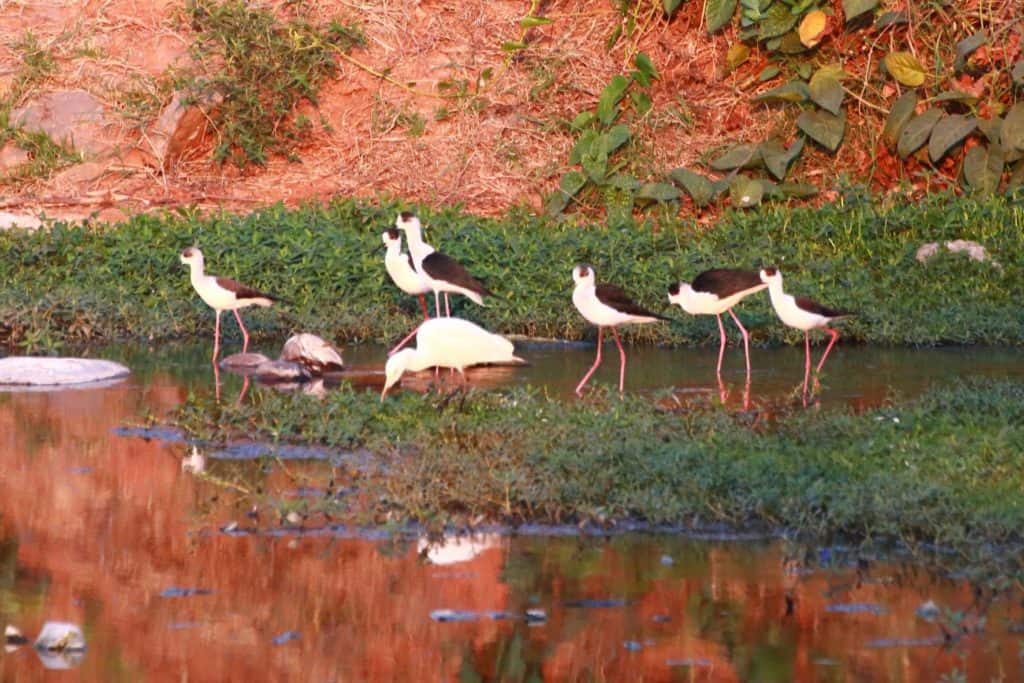
Come winter, Mallathahalli lake harbours large flocks of migratory Northern shovelers (Spatula clypeata), Garganeys (Spatula querquedula) and Rosy starlings (Pastor roseus) which winter here, after making their long journeys from Russia. Imagine their shock on seeing a toy train track where their nesting spots used to be! Athithidevo bhava indeed!
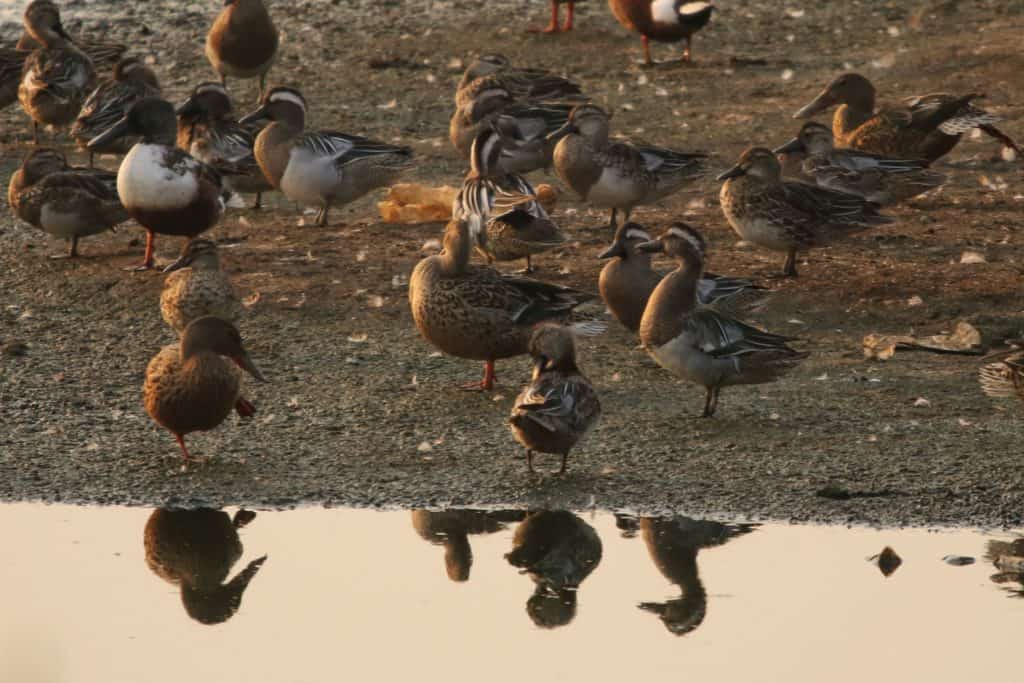
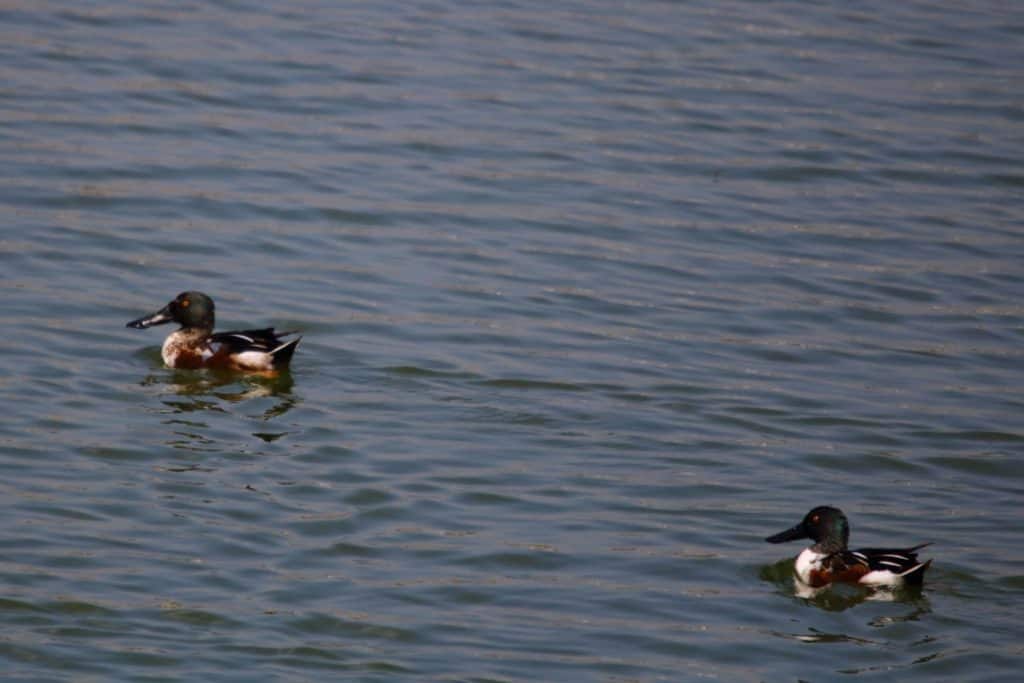
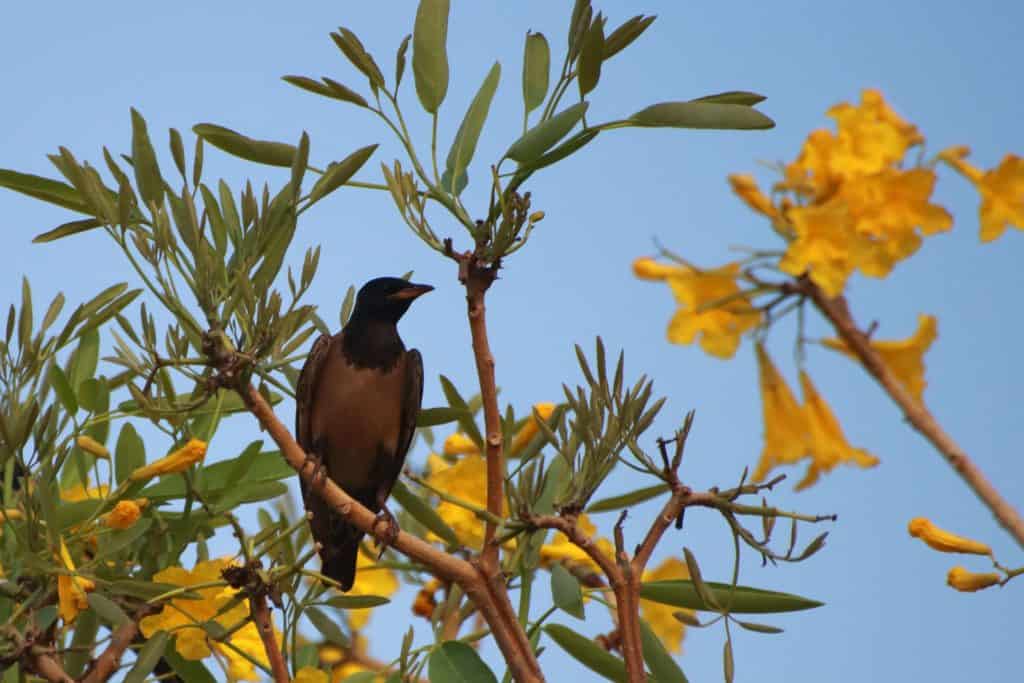
Migratory Blythe’s reed warblers, Barn swallows, residents like Wire-tailed swallows, Red-rumped swallows, the list of birds recorded here is long.
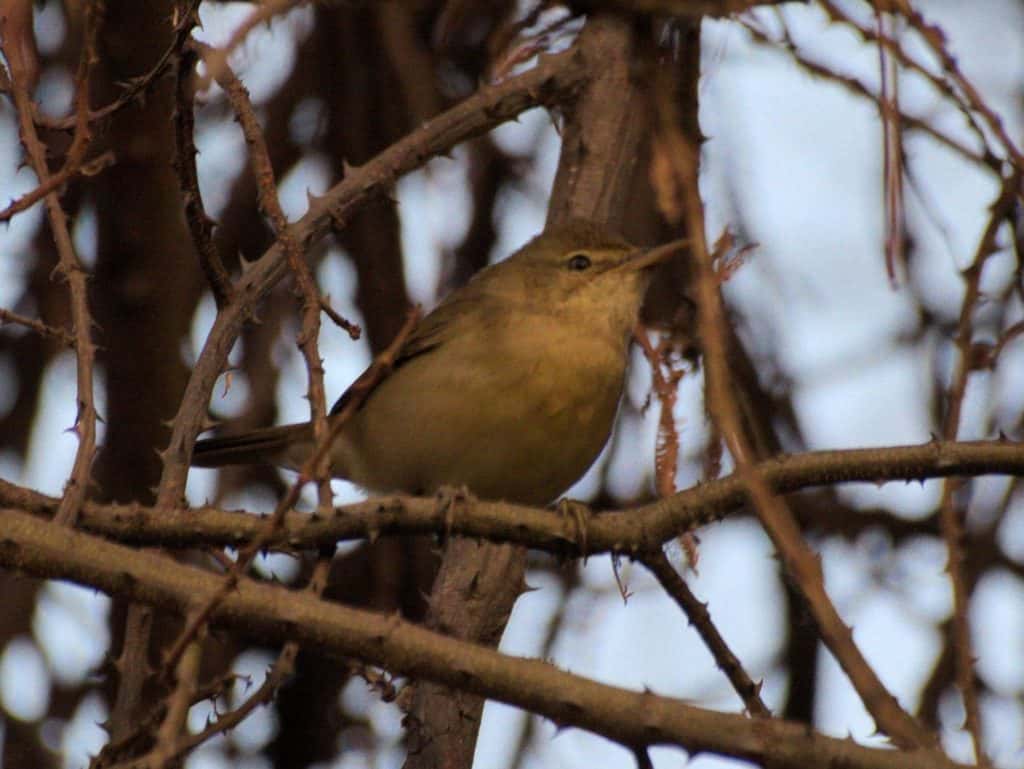
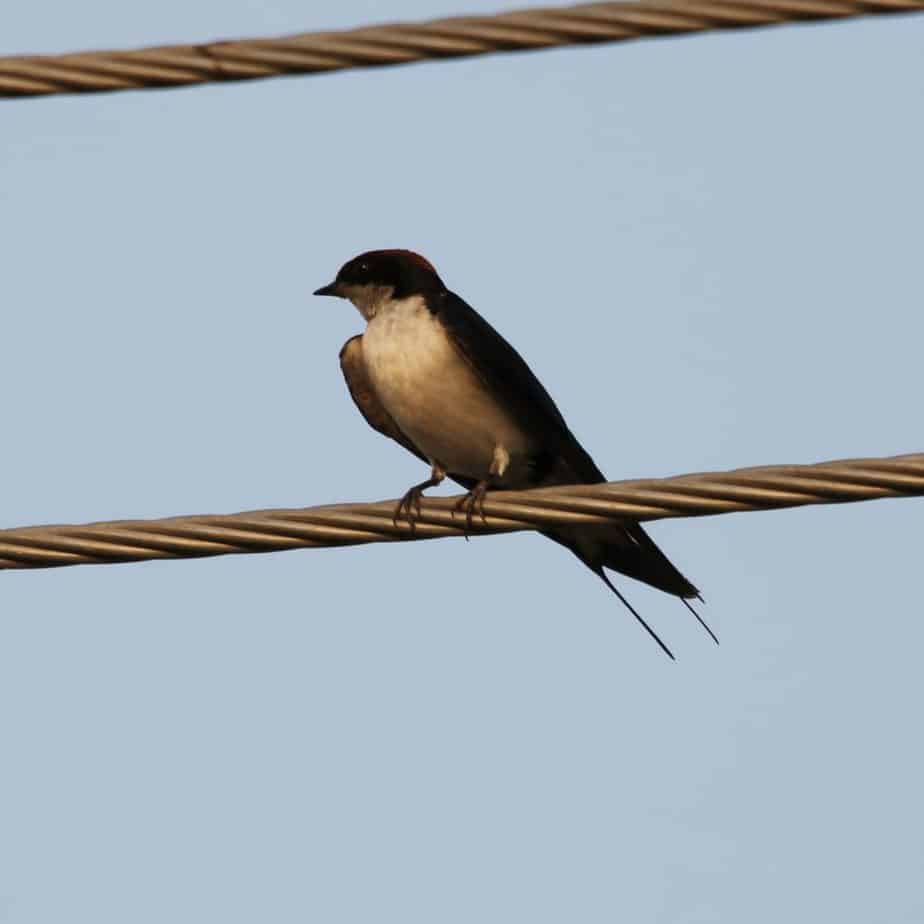

Water-birds like Grey-headed swamphens, Eurasian coots, Little grebes, Indian spot-billed ducks, Red-wattled lapwings, Lesser whistling ducks and migratory sandpipers call this lake home. Where will they go when a glass house comes up where they used to forage?

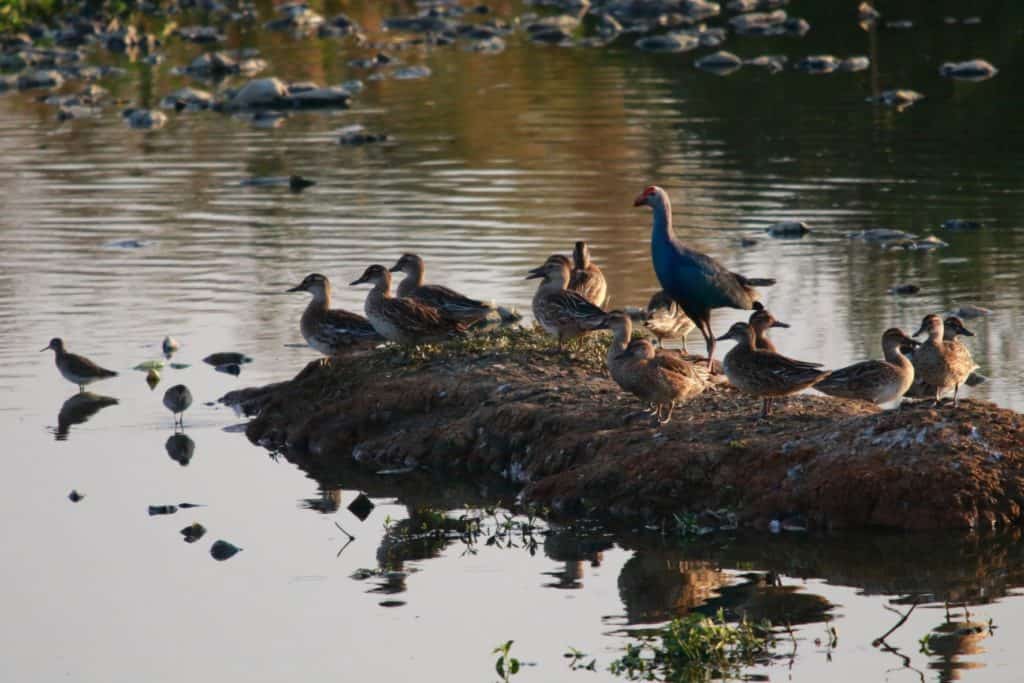
This spotted owlet (Athene brama) used to regularly hang around a dead coconut tree stump. Many rose-ringed parakeets and mynahs made their homes in these stumps. Now these stumps are being uprooted as part of the development work. What is the “use” of dead tree stumps, right?
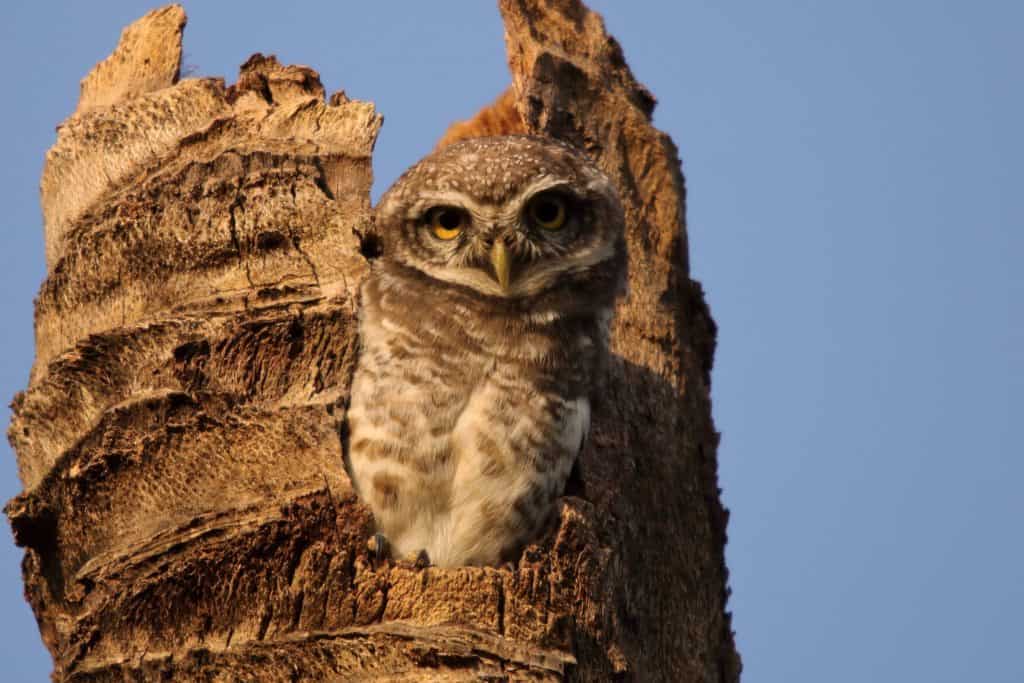
And that’s just the birds. In the nooks and crannies outside our fields of observation there thrives a largely ignored world, of spiders, mantids and myriad invertebrates. A crab spider (Thomisus sp.) fed on a katydid right next to the path as people busily went about their walks listening to their podcasts, audio books and on phone calls.
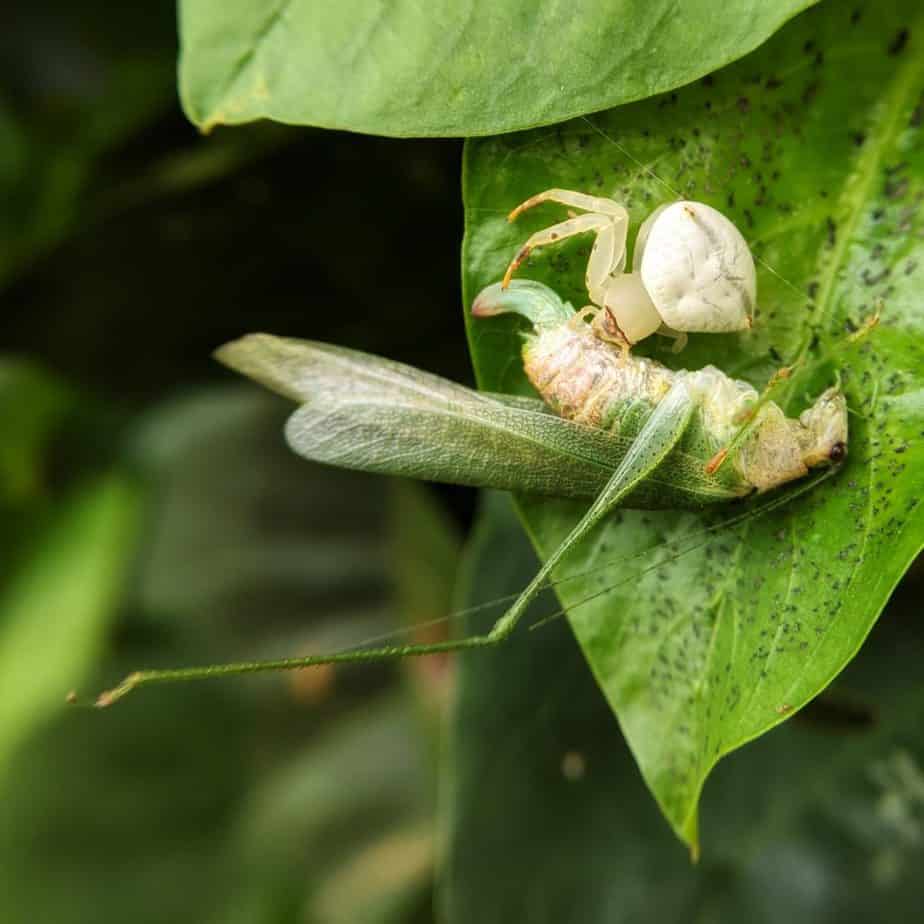
A Wolf spider (Hippasa sp.) mother looked after her recently hatched children, carrying them on her back, right next to the path in the undergrowth.

A flowering tree attracted people to its pink flowers, but hidden in the foliage sat a boxer mantis (Hestiasula brunneriana)
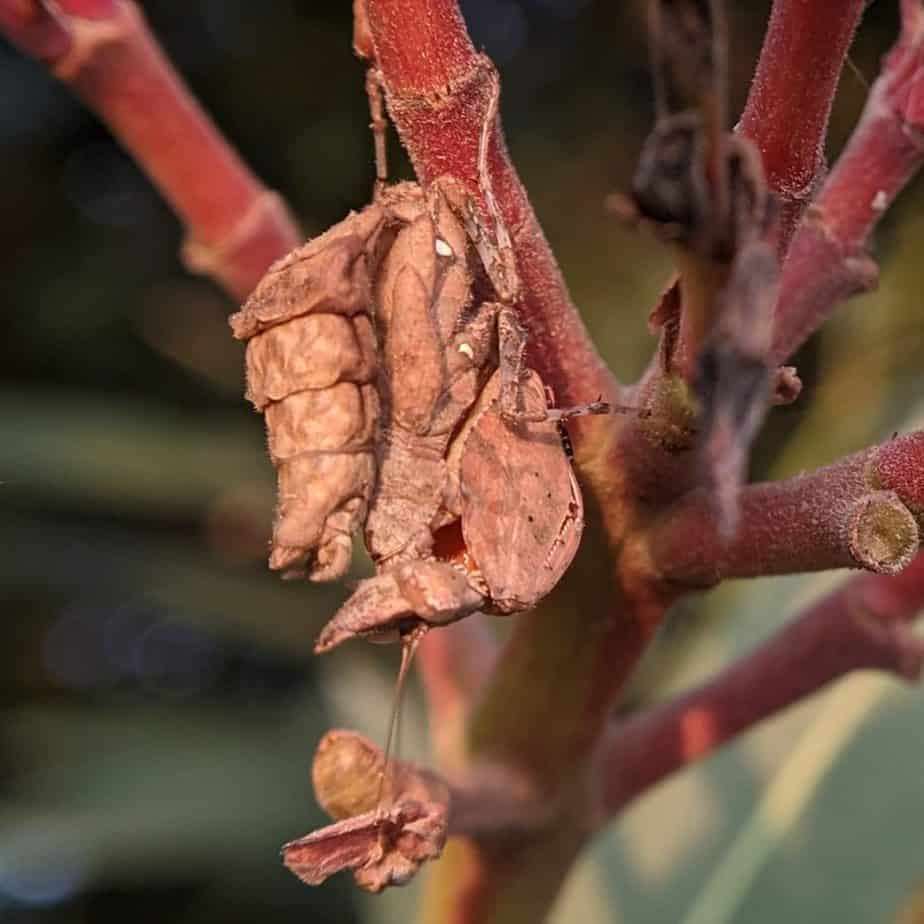
Neuropterans like mantis flies (Mantispidae), a glorious example of convergent evolution, are recorded regularly near Mallathahalli lake.
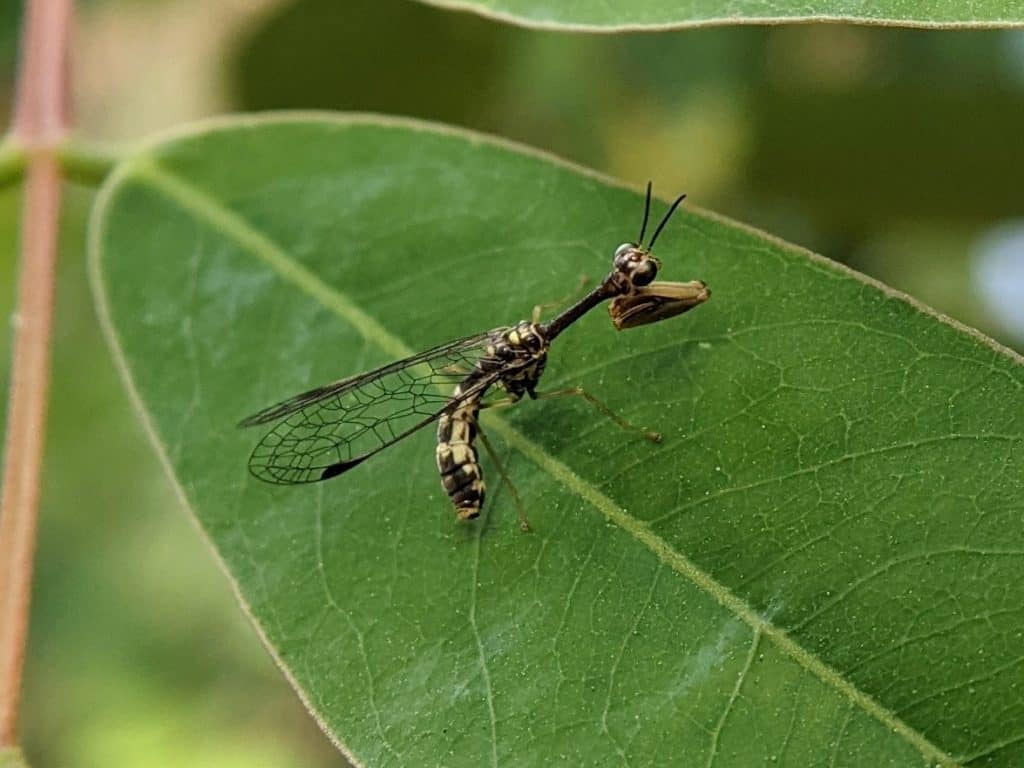
A rarely seen wedge-shaped beetle (Macrosiagon bipunctata) belonging to a family of beetles that parasitise wasps was spotted by the lake.

Every September till the end of the year, giant wood spiders (Nephila pilipes) are seen in their giant webs. They lay their eggs by the end of the year and die, with the next generation emerging by the next September. Imagine the shock of the young that will hatch now, to come into a sanitised world with no trees to spin their webs around and little prey to capture.
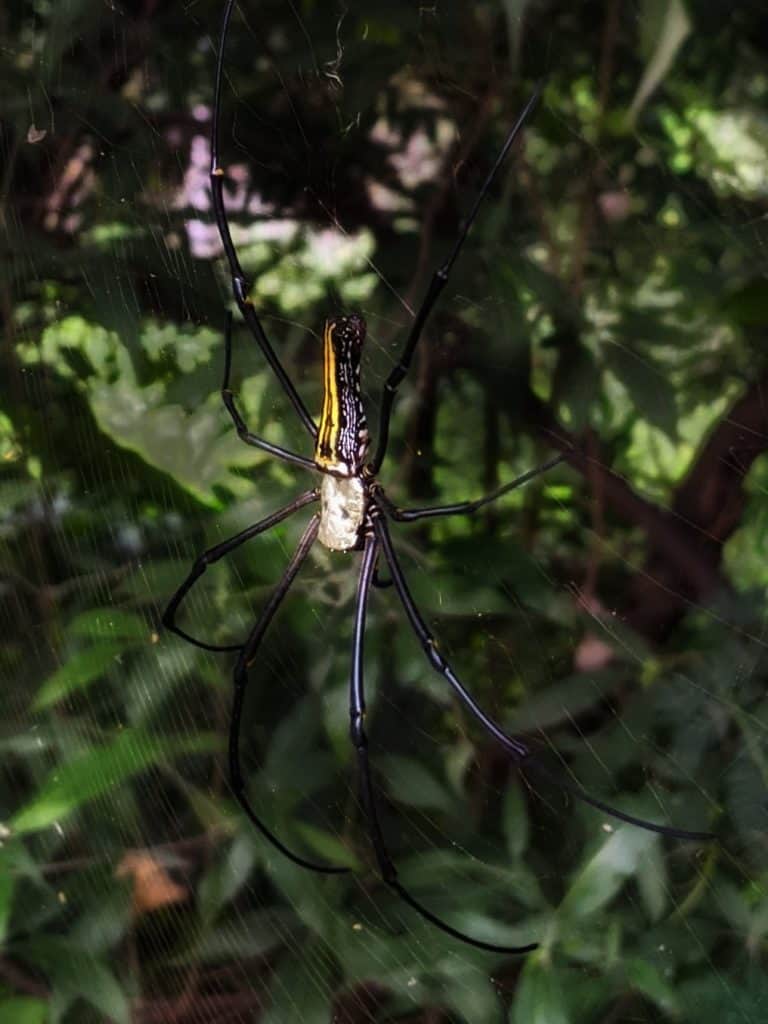
Young ones of the Ornamental tree trunk spider (Herennia multipuncta) share the web with their mother, probably for brief hours before dispersing.

Most of these species can be found elsewhere in Bengaluru. A cursory search on iNaturalist will point out the usual hotspots – IISc, Lalbagh, Cubbon Park, GKVK, Rishi Valley School, Turahalli forest. As we keep killing our wetlands and mindlessly populating our natural spaces like parks with invasive flowering trees and plants, this is the price we’ll pay – leaving our biodiversity hanging on precariously in increasingly smaller, wedged-in islands which we’ll glorify as hotspots.
Every one of our wetlands is a local biodiversity hotspot and a school of learning. They will teach us and future generations more than any toy train or glass house can.
Read more: Bengaluru’s yes to Hesaraghatta film-city means a no to the Lesser Florican
In Yoko Agawa’s “The Memory Police,” the people living in an unnamed island keep forgetting things from their lives and learn to live without them. One day, they wake up to find that they have to forget birds. They purge the word “birds” from their vocabularies, and pictures of birds from their homes and memories. If anything, this is an allegory to the world we live in, where we increasingly do with, and need to know, fewer words. The time might not be too far off when birds will only mean feral pigeons and the only birdsong we’ll hear is of them cooing on our window sills and balconies.
(All pictures belong to the author, and have been shot in and around Mallathahalli lake)